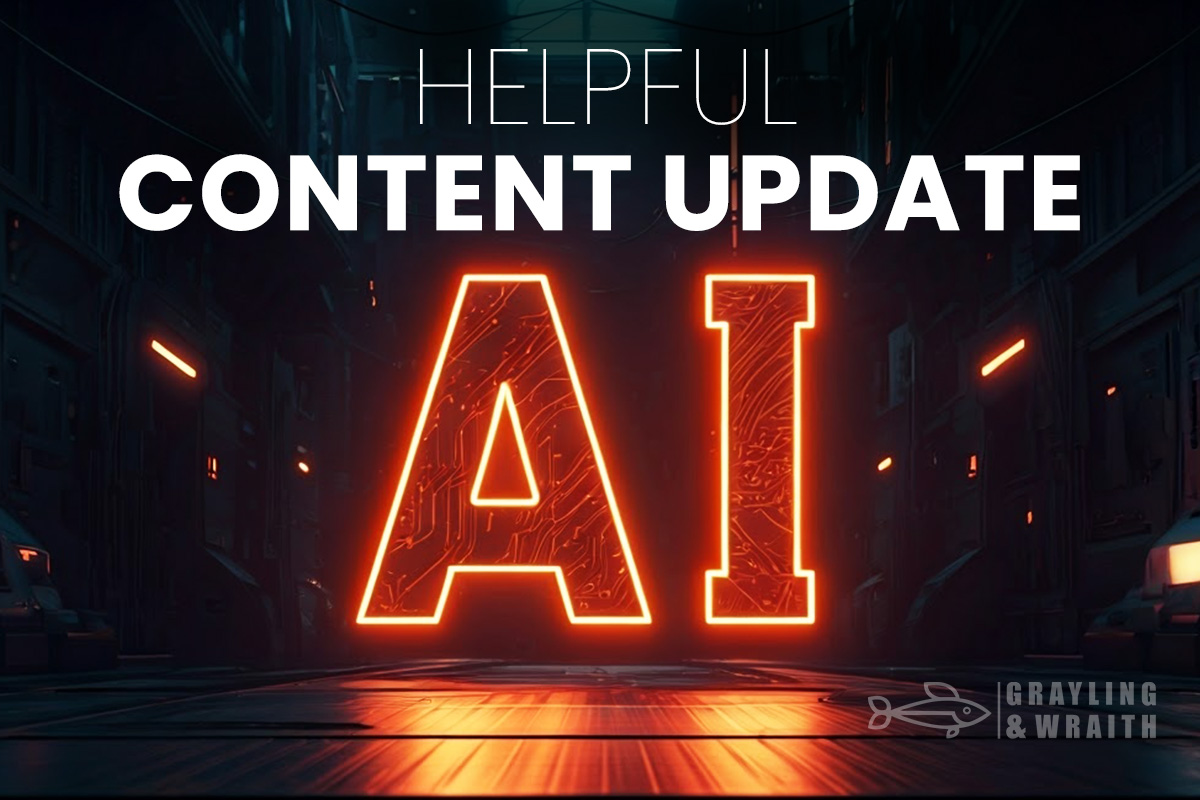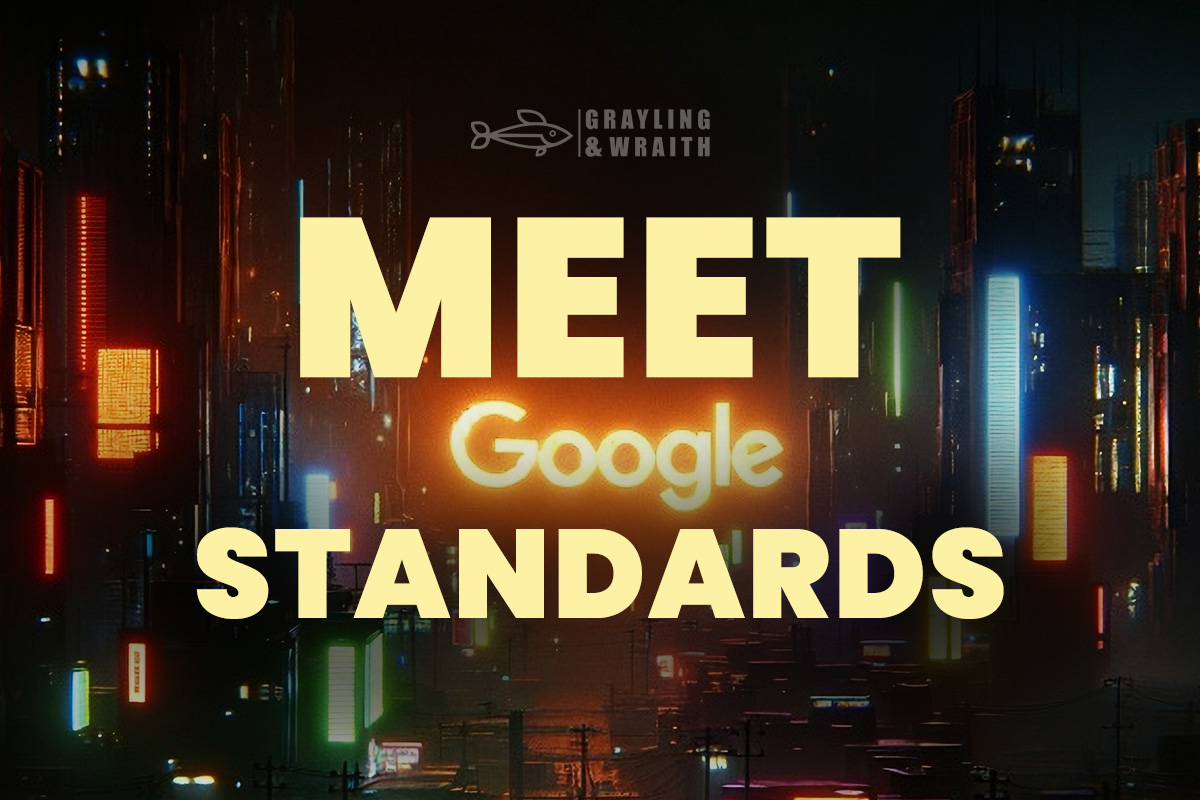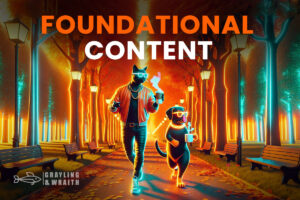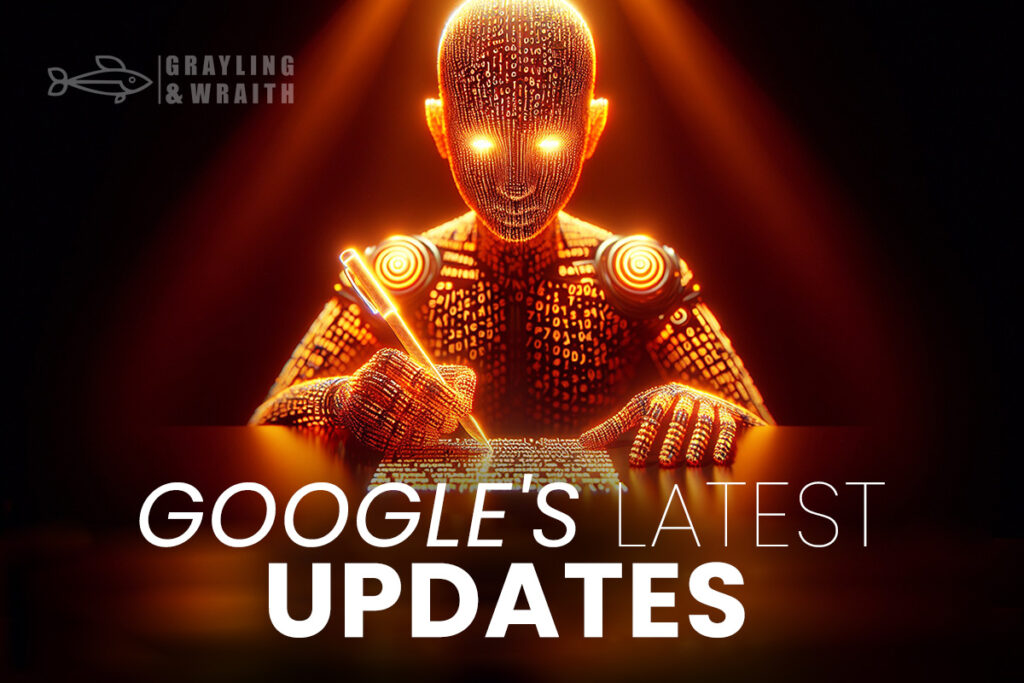The landscape of content creation is evolving at a rapid pace. If you’ve been using AI tools to help with your writing, you’ve likely noticed a massive shift in the quality and efficiency they bring. With Google’s latest updates, the days of easily spotting AI-generated content are gone. AI writing once had a robotic tone or awkward sentence structure. Now, tools like ChatGPT, Jasper, and others can produce articles, blog posts, and complex documents that sound almost indistinguishable from human writing.
Let’s dive into what these updates mean for AI-generated articles and, most importantly, how to ensure that your content meets Google’s standards and continues to rank effectively.
The AI Content Revolution—and Google’s Response
AI-powered content creation has been around for a while, but it’s only in the last few years that the technology has become accessible to businesses of all sizes. This accessibility has transformed how we approach content. If you’re like many content creators, you’ve probably found that AI can help you generate articles in a fraction of the time it would take a human writer, allowing you to focus on other critical areas of your business, such as strategy or customer engagement.
However, with this rise in AI-generated content, there’s also been a surge in low-quality content flooding the web. And this is where Google’s latest updates come into play. While AI tools can produce content at lightning speed, not all of that content is good. Much of it is repetitive, overly optimized, or lacking in originality.
Google isn’t anti-AI. They’ve clarified that AI content creation isn’t against their guidelines. But they are laser-focused on ensuring that the content their algorithms serve to users is valuable, relevant, and, most importantly, helpful. The emphasis is on user experience, and Google is getting better at identifying content that doesn’t meet these criteria—whether a human or an AI writes it.
So, if you’re using AI to help you generate content, you’ll need to be strategic. Quantity is no longer enough. Google is prioritizing content quality, relevance, and originality in its rankings. It’s not just about churning out articles—it’s about producing content that resonates with your audience and offers genuine value.

The “Helpful Content Update” and Its Impact on AI-Generated Articles
Google’s “Helpful Content Update,” introduced in 2022 and further refined in 2024, is perhaps the most significant change in how content is evaluated. The update is focused on ensuring that the content people find through search results is written for humans, not search engines. This means Google prioritizes content that helps users solve problems, answer questions, or learn something new. It’s no longer enough to write content just to rank—it needs to serve a real purpose for the reader.
For businesses relying on AI-generated content, this update is crucial. While AI can be a powerful tool for content creation, the days of producing dozens of low-value blog posts purely for SEO are over. Google’s algorithms are now better than ever at detecting AI-written content that doesn’t provide real value, and they’re more likely to push down articles that don’t meet their standards.
But here’s the thing—this doesn’t mean you can’t use AI in your content strategy. You need to be smart about it. Instead of using AI to create generic, keyword-stuffed articles, focus on using AI to enhance your content creation process. AI can help you draft articles, summarize research, or gather data—but the final product should always add something new and helpful to the conversation.
Here’s where the human element comes in. You can’t rely on AI alone. Editing, fact-checking, and injecting a unique perspective are essential to ensuring your content stands out and delivers the value that Google (and your readers) seek.
How Google Detects AI-Written Content
One of the biggest concerns for content creators using AI is how Google’s Latest Updates determine whether an article was written by a machine or a person.
Google has made significant strides in this area. In 2024, its algorithms will be more advanced than ever, thanks to a combination of machine learning, artificial intelligence, and natural language processing (NLP). These systems are designed to detect specific patterns and characteristics commonly found in AI-generated content.
Here’s a closer look at how Google’s Latest Updates might detect AI-written articles:
Repetitive Structure
- One of the giveaways of AI-generated content is a mechanical, repetitive structure. While sophisticated, AI tools often lack the creative flow and variation that human writers naturally bring to their writing. Google’s algorithms are designed to spot these repetitive patterns, indicating that an article was created by an AI tool rather than a human writer. For example, if every paragraph follows the same sentence structure or relies too heavily on predictable transitions, it could raise red flags.
Over-Optimization
- Many AI content tools are designed to optimize articles for specific keywords. While it’s important to include keywords for SEO, AI-generated content can sometimes overdo it. Keyword stuffing—the unnatural, forced inclusion of keywords throughout an article—can make the content feel artificial. Google’s algorithms are now better at detecting when keywords are being used naturally versus when they’re being over-optimized. This means that even if your AI tool has produced a highly optimized article, you’ll need to ensure the content flows naturally and doesn’t feel forced.
Lack of Originality
- One of the limitations of AI tools is their reliance on existing information. AI-generated content often pulls together data and ideas from multiple sources. This can lead to a lack of originality. Google’s algorithms are more likely to penalize content that simply regurgitates what’s already online. Your article must offer new insights, perspectives, or ideas to avoid this. Originality is key — Google wants to see that your content adds value to the conversation, not just repeat what’s already been said.
Google’s focus on detecting these patterns means you must be extra diligent in using AI to generate content. AI can be incredibly useful for drafting articles, but you’ll need to edit and refine the final product. Adding your unique perspective is crucial to ensure the content meets Google’s standards.

Optimizing AI-Written Content to Meet Google’s Standards
So, how can you make sure your AI-written content is up to par? Here’s a deeper dive into some strategies to ensure your content aligns with Google’s latest updates:
- Human Oversight Is Critical: AI excels at quickly generating drafts, but the human touch turns them into high-quality articles. This is where you come in—review for flow, readability, and tone. Ask: Does it sound natural? Would a person want to read this? Does it reflect my brand’s voice? Editing is key—don’t rely on AI content as-is.
- Enhance Depth and Originality: AI-generated content often lacks depth, hurting your rankings. Add substance by including case studies, offering unique insights, or drawing on personal experience. Originality is key—your article must offer something new. If using AI for common topics, approach it from a fresh perspective or include data that is not widely discussed.
- Focus on User Engagement and Experience: Google’s algorithms examine the content and consider users’ engagement. Are people staying on the page for long periods, or are they bouncing off quickly? Is your article easy to read, with a clear structure and logical flow? Think about user experience. Break up long sections with headings, bullet points, or images to make the content more engaging. The easier your article is to read and navigate, the better it will perform.
- Stay Updated on Google’s Guidelines: Google’s updates are ongoing, and what works today might not work tomorrow. Ensure you stay updated with any new algorithm changes or updates to their guidelines, particularly regarding AI-generated content. It’s important to be proactive and ensure your content strategy evolves along with Google’s standards.
By focusing on these areas, you can ensure that your AI-written content complies with Google’s updates and is optimized for success.
Is AI-Generated Content Still Worth It?
Given Google’s increasingly sophisticated algorithms, you might wonder if it’s still worth using AI to generate content. The short answer is yes—but only if you use it strategically.
AI tools are an excellent way to streamline content creation, especially for tasks that don’t require a lot of nuance, such as generating outlines, summaries, or data-heavy articles. However, AI should be viewed as a tool to support your content strategy—not as a replacement for human creativity and oversight.
Think of it this way: AI can handle the heavy lifting, but it’s up to you to fine-tune the content, add personality, and ensure it resonates with your audience. If you approach AI as a co-writer—one that provides a strong draft that you can then improve upon—you’ll get the best of both worlds: speed and quality.
Future-Proofing Your AI Content Strategy
With AI technology evolving, staying ahead of the curve is essential. Here are a few ways to future-proof your AI-generated content strategy:
- Regularly Audit Your Content: Don’t set it and forget it. AI-generated content can become outdated quickly, especially in fast-moving industries. Conduct regular audits of your existing content to ensure it’s still relevant and valuable. If a piece no longer aligns with your brand voice or Google’s quality standards, update or remove it.
- Diversify Your Content: Don’t rely solely on AI for content creation. While AI can be a powerful tool, you’ll also want to incorporate human-written content, expert interviews, guest contributions, and multimedia elements such as videos or infographics. This variety will help ensure that your content remains engaging, diverse, and aligned with Google’s emphasis on quality.
- Stay Ahead of AI Trends: AI technology is advancing rapidly. New tools and features are constantly being developed to help you create better, more nuanced content. Keep an eye on the latest developments in AI content generation, and experiment with different platforms to see which one works best for your needs.
Following these strategies ensures that your AI-generated content performs well, even as Google’s algorithms evolve.

Final Thoughts: Using AI to Create High-Quality Content
Google’s 2024 updates have made one clear: content quality matters more than ever. Whether a machine or a human writes your content, it must be original, engaging, and, most importantly, helpful to your audience.
AI tools can be valuable to your content strategy, but they should complement human involvement, not replace it. Use AI to streamline your content production process, but always take the time to refine and enhance the final product. This balance between AI efficiency and human creativity is the key to producing content that ranks well and provides real value to your readers.
Content creation is all about striking the right balance. Embrace AI for what it can do, but don’t lose sight of the human touch that makes your content resonate with readers.

















